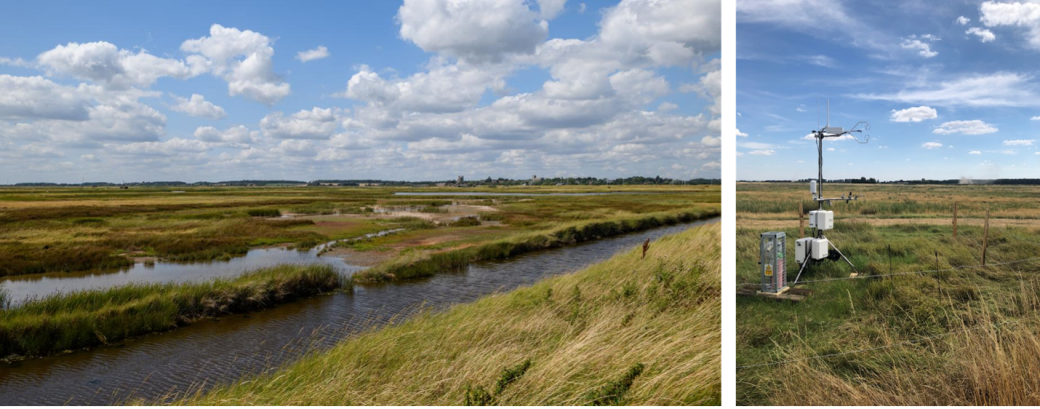
Lead supervisor: Chiara Giorio, Chemistry
Co-supervisor: Olalekan Popoola, Chemistry
Brief summary:
Landscape regeneration using Nature-based Solutions has the potential to provide socio-economic and climate change benefits; these solutions can impact GHG fluxes and hence actualisation of UK net zero commitments.
Importance of the area of research concerned:
Agricultural and rural farming and land use contribute to the greenhouse gas (GHG) emissions and climate change. It has been established that landscape is been lost across the UK linked to land use practices and natural solutions has the potential to address this delivering climate change benefits.
GHG emissions from horticultural and arable farming play a key role in global Carbon budget. Changes in water table level could vary the extent and the dominant GHG species from soils (1). Understanding the impact of land management practices which are aimed at restoring biodiversity loss while maintaining socio-economic and climate benefits is crucial to the acceptance of such solutions by various stakeholders. Overall, the extent to which these solutions will affect GHG emissions are yet to be fully understood, and with emissions from urban environments expected to further improve with the near future climate commitments and policies, activities in rural environments will become increasing crucial to air quality and climate change.
Project summary :
This project aims to investigate the atmospheric emissions of GHGs under different land management practises in three UK landscapes; the Fenland, Cumbria, and Cairngorms. Field campaigns will be conducted to monitor CO2 emissions using networks of low-cost sensors deployed in the field to quantify CO2 concentrations in continuous. The observations from the field deployments will be used as inputs into an atmospheric model (ADMS), allowing the estimation of GHG fluxes, footprints, and assessment of emission inventories (2). The studentship will also offer the participation in the characterisation and evaluation of the performance of a prototype low-cost relaxed eddy accumulation (3) device, that is currently under development, against traditional emission flux methods (i.e., eddy covariance) which are available at the study locations.
What will the student do?:
The student will be mainly based at the Yusuf Hamied Department of Chemistry, where the main project will involve (a) making atmospheric field observations and (b) applying advanced an atmospheric model (ADMS) for data analysis. The former involves the deployment of a network of low-cost sensors together with a handful of high-grade reference instrumentation. The student will be trained in the deployment and data analysis of a network of low-cost sensors and cavity enhanced absorption spectroscopic CO2/CH4 instrumentation. They will also make use of a suite of high-grade reference air quality observatory available in the group for calibration of atmospheric devices. They are expected, with experienced group support, to be actively engaged in data processing, analysis, and interpretations. The student will collaborate with the other research teams from the “Centre for Landscape Regeneration (CLR)” during the field campaigns. The expectation is that the student will join the meetings of CLR and attend international conferences and workshops where results from the project will be presented.
References - references should provide further reading about the project:
Evans CD et al. (2017). Lowland peatland systems in England and Wales – evaluating greenhouse gas fluxes and carbon balances. Report to the UK Department of Environment, Farming and Rural Affairs.
Carruthers, D., Lad, Stidworthy, A., Clarke, D., Dicks, J., Jones, R. Leslie, I., Popoola, O.A.M., Seaton, M. (2019). Urban emission inventory optimisation using sensor data, an urban air quality model and inversion techniques. International Journal of Environment and Pollution. 66, 4, 252-266
Bowling, D. R., Turnipseed, A. A., Delany, A. C., Baldocchi, D. D., Greenberg J. P., Monson, R. K. (1998). The use of relaxed eddy accumulation to measure biosphere-atmosphere exchange of isoprene and other biological trace gases. Oecologia. 116, 306-315
Applying
You can find out about applying for this project on the Department of Chemistry page.